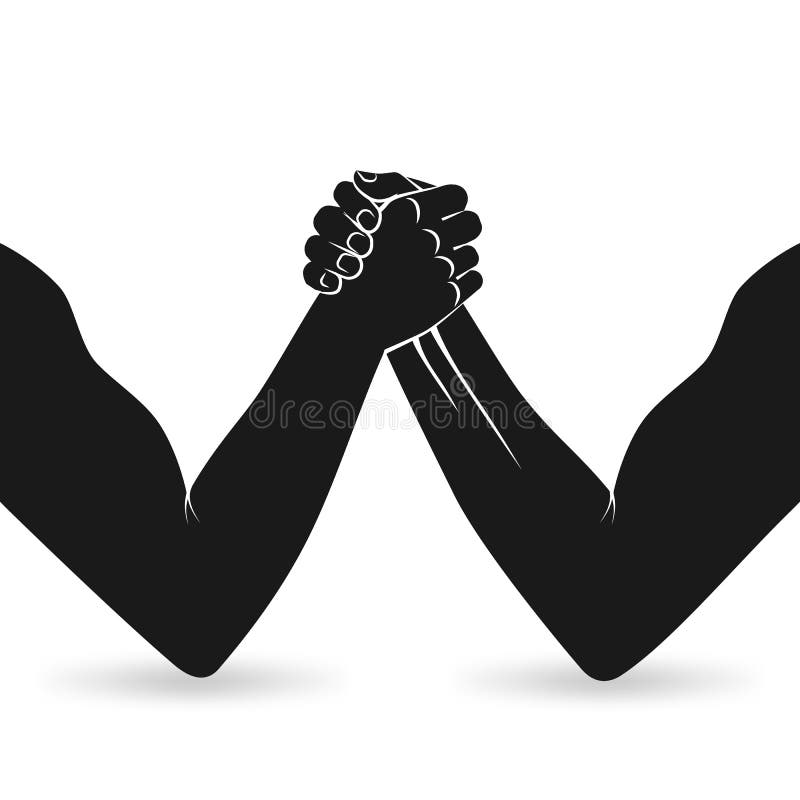



'This boot is invented, doubtless, for the mere purpose of saving trouble in dress for without attending to silk stockings or the trouble of tying bows, you have merely to slip on the boots, and you are neatly equipped in a moment.' Another boot with military links was the Blucher, a laced boot named after the Prussian General Gebhart von Blucher, who played a decisive role alongside Wellington in the Battle of Waterloo in 1815.Īn anonymous cavalry officer described how this style of boot could be used as a substitute for shoes in his book The Whole Art of Dress (1830): Wellingtons first appeared at the time of the Napoleonic Wars, when the army became more socially visible and military costume influenced fashionable dress. 'Dress Wellingtons' were named after Arthur Wellesley, 1st Duke of Wellington (1769-1852). Some even had silk stocking legs laid over the leather to give even more of a stocking-like effect. Many opera boots had bows attached, and the uppers were often made of different textures of leather to give the appearance of a dress shoe worn over a stocking. Although they were shaped like a boot, they would have resembled a dress shoe when worn under trousers. Opera boots were also known as 'Dress Wellingtons' and were often worn when going out to dinner, the theatre, opera and other social evening occasions. In this example a delicate pattern of vine leaves and speedwell is jacquard-woven in blue and cream giving a variety of textural effects.īlack leather, with suede leg and silk bow, hand- and machine-sewn They might also have been kept for their decorative quality or for sentimental reasons when they went out of fashion.įloral designs such as this were fashionable in the 1840s and 1850s.

In the 19th century waistcoats tended to be one of the more elaborate and colourful pieces of the male wardrobe, which is partly why they survive in relatively large numbers. Just visible over the collar of the frock coat is a bright waistcoat. This style continued until the 20th century and became identified as the city business man's suit of black coat, striped trousers and bowler hat (replacing the top hat). Alternatively, a contrasting waistcoat and trousers were often worn to add colour and variety to the outfit. The jacket, trousers and waistcoat that comprised the suit could be of one colour and were then known as 'dittos'. This is an excellent example of a double-breasted frock coat. Jacquard-woven silk, covered buttons, lined with cotton and backed with scrim, foreparts lined with leather (waistcoat) Ensemble (waistcoat with suit and top hat)


 0 kommentar(er)
0 kommentar(er)
